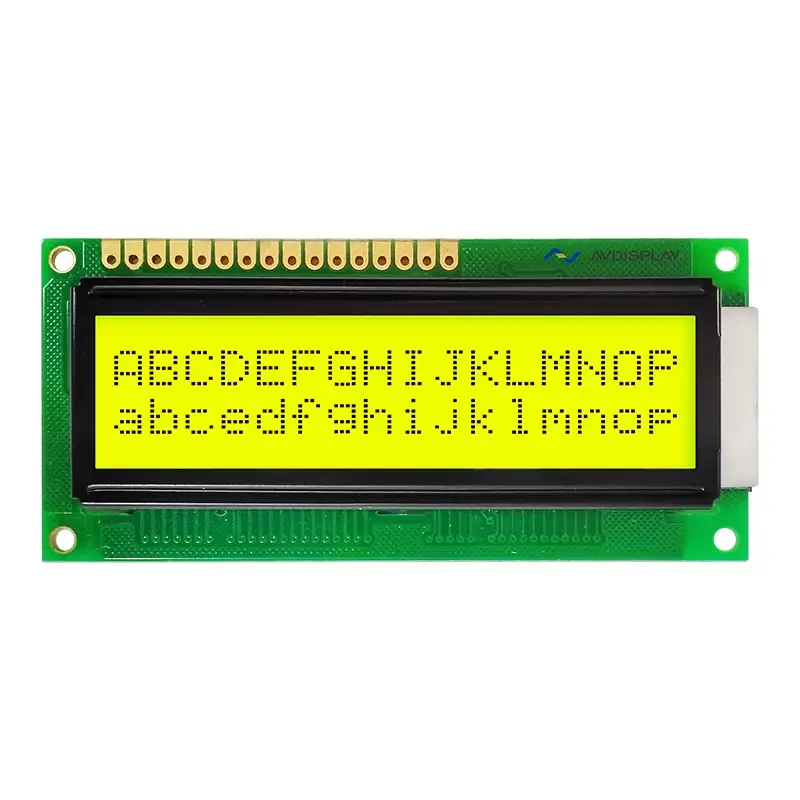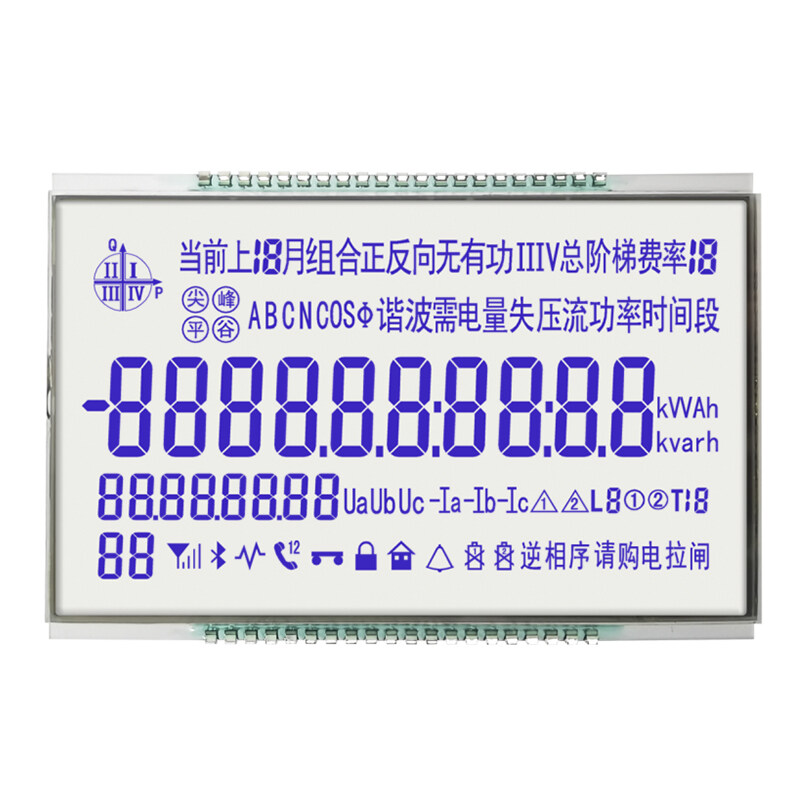Email format error
Email cannot be empty
Email already exists
6-20 characters(letters plus numbers only)
The password is inconsistent
Email format error
Email cannot be empty
Email does not exist
6-20 characters(letters plus numbers only)
The password is inconsistent


Within the domain of technology, where innovation converges with utility, LCD display modules serve as steadfast guardians, offering precision and engagement in a digital landscape. They are the visual bridge that connects complex data with user understanding, transforming mere devices into intuitive extensions of our daily lives.
From the smartphone in your pocket to the dashboard of your car, LCD display modules are the windows to the digital soul of modern electronics. They are the canvas on which information is painted, the mirrors reflecting the digital signals into the light of our understanding.

At the heart of many electronic devices lies the LCD display module, a marvel of modern engineering that has revolutionized the way we interact with technology. These modules are more than just screens; they are the interfaces that invite us to engage, explore, and control our digital environments.
LCD, or Liquid Crystal Display, modules are a type of flat-panel display that uses liquid crystals to modulate light passing through them. They are composed of two layers of glass or plastic with a thin layer of liquid crystal molecules suspended between them. An electric current passed through the crystals alters their orientation, controlling the amount of light that can pass through and create the images we see.
Versatility: LCD modules come in a wide range of sizes and resolutions, making them suitable for everything from small device displays to large-screen monitors.
Energy Efficiency: Compared to other display technologies, LCD modules are relatively energy-efficient, making them a popular choice for battery-operated devices.
Durability: LCD modules are known for their durability and long lifespan, with many capable of withstanding years of continuous use.
Cost-Effectiveness: The widespread adoption of LCD technology has driven down production costs, making these modules an economical choice for a variety of applications.
The applications for LCD display modules are as diverse as the devices they enhance. Here are some of the many ways these modules are used:
In the consumer electronics market, LCD modules are used in televisions, computer monitors, and a host of other devices. They offer high-quality visuals and are a staple in the industry.
Industrial equipment such as medical devices, manufacturing machinery, and control panels often rely on LCD modules for clear and reliable displays of critical information.
LCD modules are integral to modern vehicles, providing dashboard displays, navigation systems, and entertainment screens.
In retail and advertising, LCD modules are used in digital signage, price displays, and interactive kiosks, offering dynamic and engaging ways to present information to customers.
Selecting the appropriate LCD display module for your project or product requires careful consideration of several factors:
Consider the resolution, brightness, contrast ratio, and color reproduction capabilities of the module. These specifications will direct influence the quality of the displayed images and text.
The physical dimensions and form factor of the module should align with the design and ergonomics of the device it will be integrated into.
Ensure that the module's interface type (such as parallel, serial, or I2C) is compatible with the system it will be connected to.
If the module will be used in a challenging environment, consider its resistance to temperature fluctuations, humidity, and potential physical impacts.
For battery-powered devices, the power consumption of the module is a critical factor, as it will direct influence the device's battery life.
As technology continues to evolve, so too does the potential for LCD display modules:
Future LCD modules may offer even higher resolutions, providing crisper images and more detailed visuals.
Advancements in manufacturing techniques are leading to the development of flexible and curved LCD modules, opening up new design possibilities for a variety of devices.
The integration of touch-sensitive technology into LCD modules is becoming more common, providing users with more interactive and intuitive interfaces.
Ongoing research is focused on improving the energy efficiency of LCD modules, which will be particularly beneficial for mobile and portable devices.
LCD display modules are the unsung heroes of the technology world, quietly enhancing our interactions with devices and systems in countless ways. As we look to the future, the continued evolution of these modules promises even greater capabilities and applications, ensuring that our digital experiences remain clear, engaging, and ever-evolving. Whether you're a developer integrating a module into a new device or a consumer enjoying the benefits of a crisp display, LCD modules are an integral part of our connected world.